Justin Zhang
PuzzleWorld: A Benchmark for Multimodal, Open-Ended Reasoning in Puzzlehunts
Jun 06, 2025Abstract:Puzzlehunts are a genre of complex, multi-step puzzles lacking well-defined problem definitions. In contrast to conventional reasoning benchmarks consisting of tasks with clear instructions, puzzlehunts require models to discover the underlying problem structure from multimodal evidence and iterative reasoning, mirroring real-world domains such as scientific discovery, exploratory data analysis, or investigative problem-solving. Despite recent progress in foundation models, their performance on such open-ended settings remains largely untested. In this paper, we introduce PuzzleWorld, a large-scale benchmark of 667 puzzlehunt-style problems designed to assess step-by-step, open-ended, and creative multimodal reasoning. Each puzzle is annotated with the final solution, detailed reasoning traces, and cognitive skill labels, enabling holistic benchmarking and fine-grained diagnostic analysis. Most state-of-the-art models achieve only 1-2% final answer accuracy, with the best model solving only 14% of puzzles and reaching 40% stepwise accuracy. To demonstrate the value of our reasoning annotations, we show that fine-tuning a small model on reasoning traces improves stepwise reasoning from 4% to 11%, while training on final answers alone degrades performance to near zero. Our error analysis reveals that current models exhibit myopic reasoning, are bottlenecked by the limitations of language-based inference, and lack sketching capabilities crucial for visual and spatial reasoning. We release PuzzleWorld at https://github.com/MIT-MI/PuzzleWorld to support future work on building more general, open-ended, and creative reasoning systems.
Prediction of Oral Food Challenges via Machine Learning
Aug 17, 2022


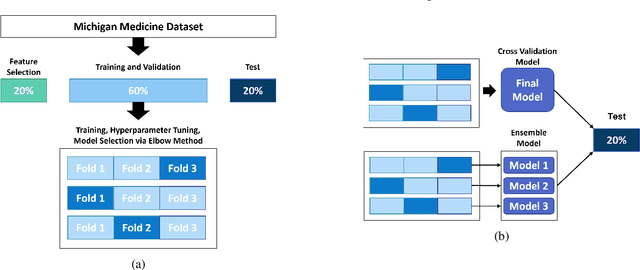
Abstract:Oral Food Challenges (OFCs) are essential to accurately diagnosing food allergy in patients. However, patients are hesitant to undergo OFCs, and for those that do, there is limited access to allergists in rural/community healthcare settings. The prediction of OFC outcomes through machine learning methods can facilitate the de-labeling of food allergens at home, improve patient and physician comfort during OFCs, and economize medical resources by minimizing the number of OFCs performed. Clinical data was gathered from 1,112 patients who collectively underwent a total of 1,284 OFCs, and consisted of clinical factors including serum specific IgE, total IgE, skin prick tests (SPTs), symptoms, sex, and age. Using these clinical features, machine learning models were constructed to predict outcomes for peanut, egg, and milk challenge. The best performing model for each allergen was created using the Learning Using Concave and Convex Kernels (LUCCK) method, which achieved an Area under the Curve (AUC) for peanut, egg, and milk OFC prediction of 0.76, 0.68, and 0.70, respectively. Model interpretation via SHapley Additive exPlanations (SHAP) indicate that specific IgE, along with wheal and flare values from SPTs, are highly predictive of OFC outcomes. The results of this analysis suggest that machine learning has the potential to predict OFC outcomes and reveal relevant clinical factors for further study.
A Novel Tropical Geometry-based Interpretable Machine Learning Method: Application in Prognosis of Advanced Heart Failure
Dec 09, 2021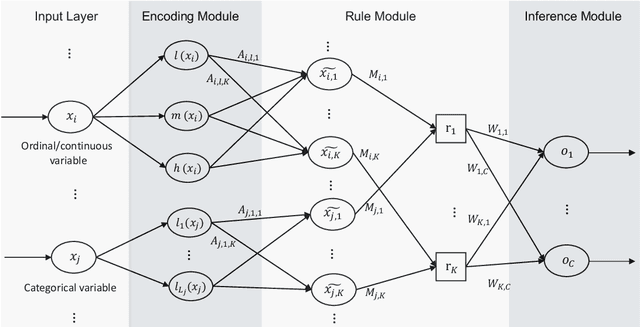
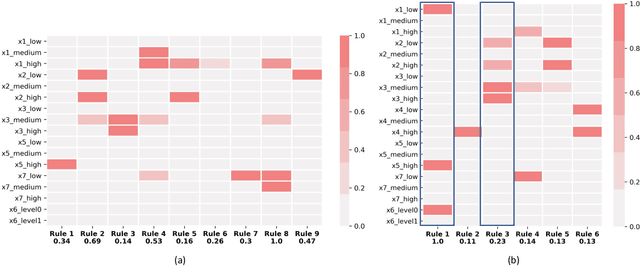
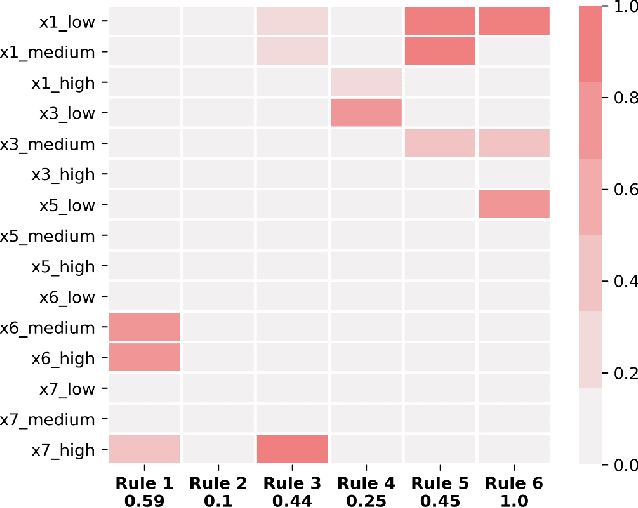
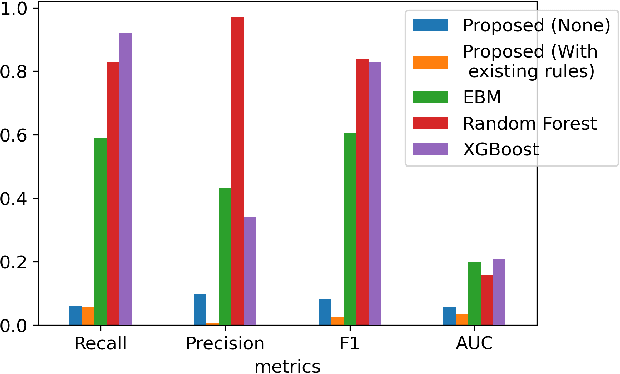
Abstract:A model's interpretability is essential to many practical applications such as clinical decision support systems. In this paper, a novel interpretable machine learning method is presented, which can model the relationship between input variables and responses in humanly understandable rules. The method is built by applying tropical geometry to fuzzy inference systems, wherein variable encoding functions and salient rules can be discovered by supervised learning. Experiments using synthetic datasets were conducted to investigate the performance and capacity of the proposed algorithm in classification and rule discovery. Furthermore, the proposed method was applied to a clinical application that identified heart failure patients that would benefit from advanced therapies such as heart transplant or durable mechanical circulatory support. Experimental results show that the proposed network achieved great performance on the classification tasks. In addition to learning humanly understandable rules from the dataset, existing fuzzy domain knowledge can be easily transferred into the network and used to facilitate model training. From our results, the proposed model and the ability of learning existing domain knowledge can significantly improve the model generalizability. The characteristics of the proposed network make it promising in applications requiring model reliability and justification.
A Physics-Informed Neural Network Framework For Partial Differential Equations on 3D Surfaces: Time-Dependent Problems
Mar 19, 2021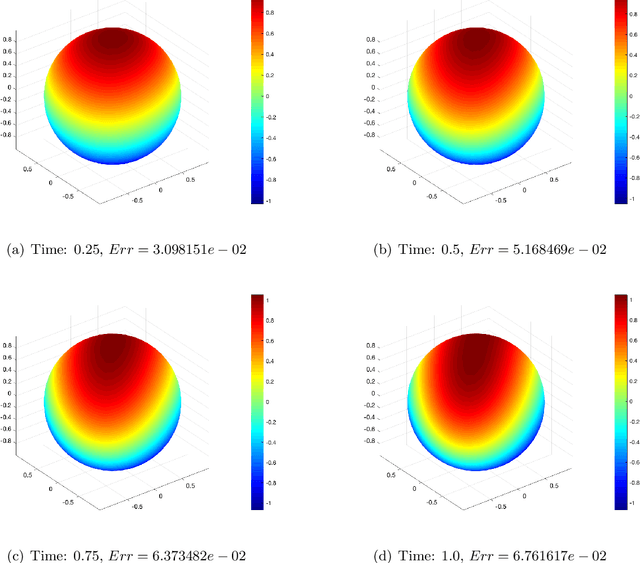
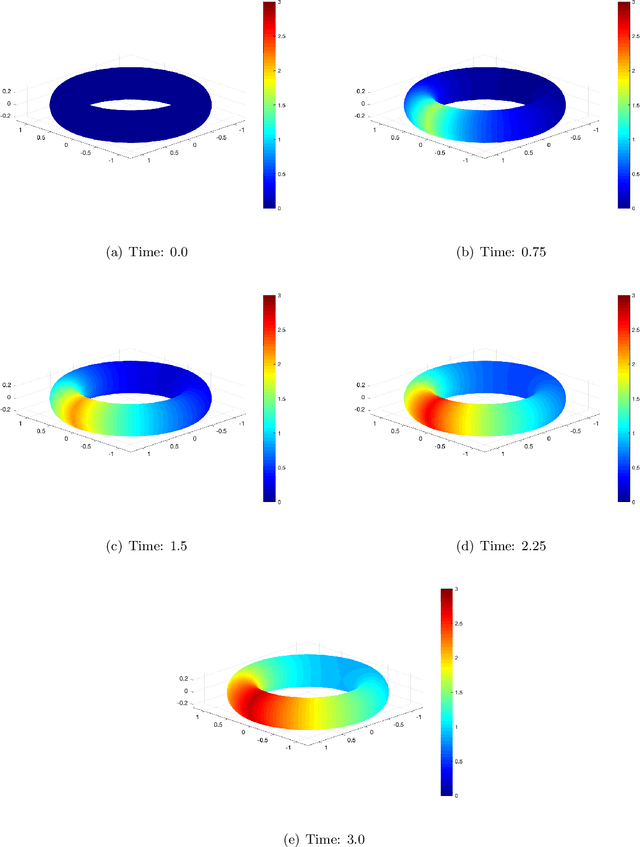
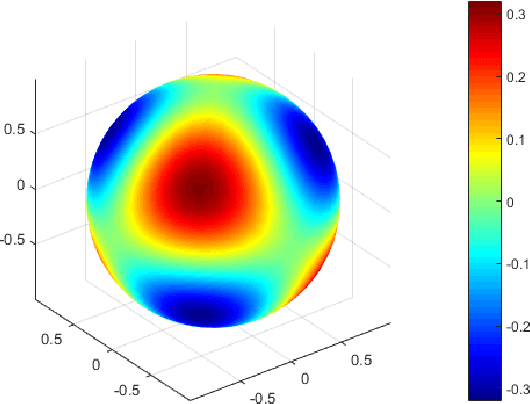

Abstract:In this paper, we show a physics-informed neural network solver for the time-dependent surface PDEs. Unlike the traditional numerical solver, no extension of PDE and mesh on the surface is needed. We show a simplified prior estimate of the surface differential operators so that PINN's loss value will be an indicator of the residue of the surface PDEs. Numerical experiments verify efficacy of our algorithm.
Transparency Tools for Fairness in AI (Luskin)
Jul 09, 2020
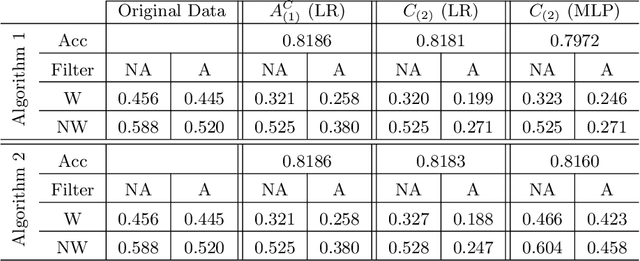
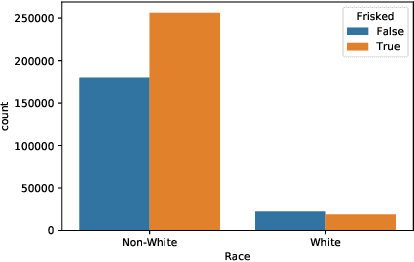
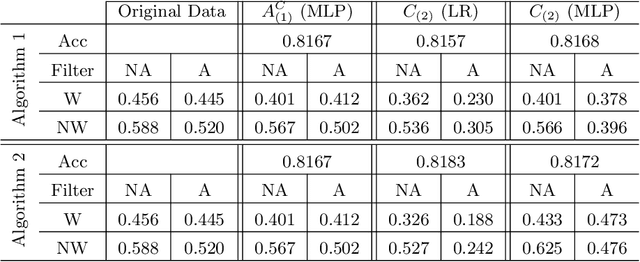
Abstract:We propose new tools for policy-makers to use when assessing and correcting fairness and bias in AI algorithms. The three tools are: - A new definition of fairness called "controlled fairness" with respect to choices of protected features and filters. The definition provides a simple test of fairness of an algorithm with respect to a dataset. This notion of fairness is suitable in cases where fairness is prioritized over accuracy, such as in cases where there is no "ground truth" data, only data labeled with past decisions (which may have been biased). - Algorithms for retraining a given classifier to achieve "controlled fairness" with respect to a choice of features and filters. Two algorithms are presented, implemented and tested. These algorithms require training two different models in two stages. We experiment with combinations of various types of models for the first and second stage and report on which combinations perform best in terms of fairness and accuracy. - Algorithms for adjusting model parameters to achieve a notion of fairness called "classification parity". This notion of fairness is suitable in cases where accuracy is prioritized. Two algorithms are presented, one which assumes that protected features are accessible to the model during testing, and one which assumes protected features are not accessible during testing. We evaluate our tools on three different publicly available datasets. We find that the tools are useful for understanding various dimensions of bias, and that in practice the algorithms are effective in starkly reducing a given observed bias when tested on new data.
Contextual Attention for Hand Detection in the Wild
Apr 09, 2019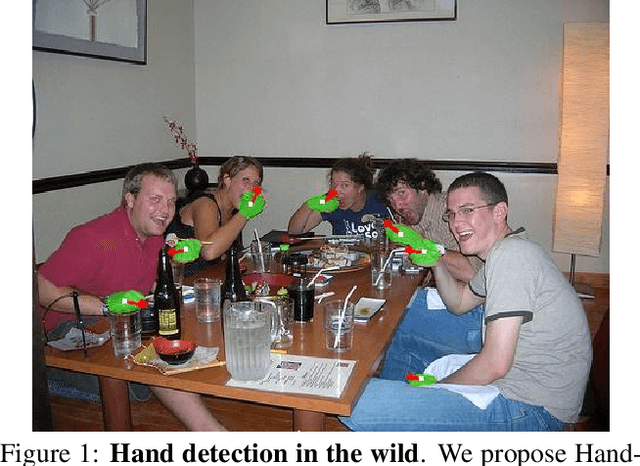
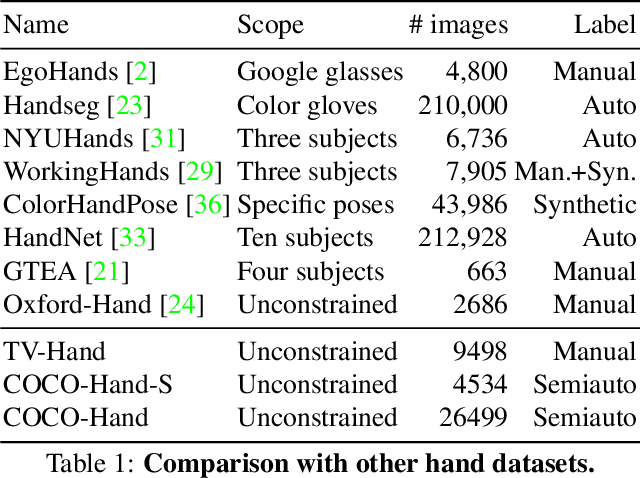

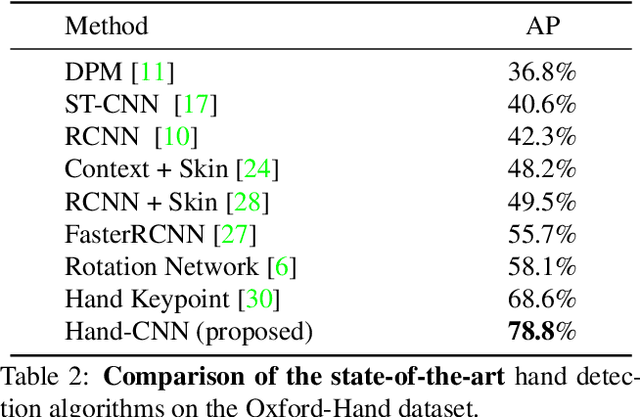
Abstract:We present Hand-CNN, a novel convolutional network architecture for detecting hand masks and predicting hand orientations in unconstrained images. Hand-CNN extends MaskRCNN with a novel attention mechanism to incorporate contextual cues in the detection process. This attention mechanism can be implemented as an efficient network module that captures non-local dependencies between features. This network module can be inserted at different stages of an object detection network, and the entire detector can be trained end-to-end. We also introduce a large-scale annotated hand dataset containing hands in unconstrained images for training and evaluation. We show that Hand-CNN outperforms existing methods on several datasets, including our hand detection benchmark and the publicly available PASCAL VOC human layout challenge. We also conduct ablation studies on hand detection to show the effectiveness of the proposed contextual attention module.
 Add to Chrome
Add to Chrome Add to Firefox
Add to Firefox Add to Edge
Add to Edge